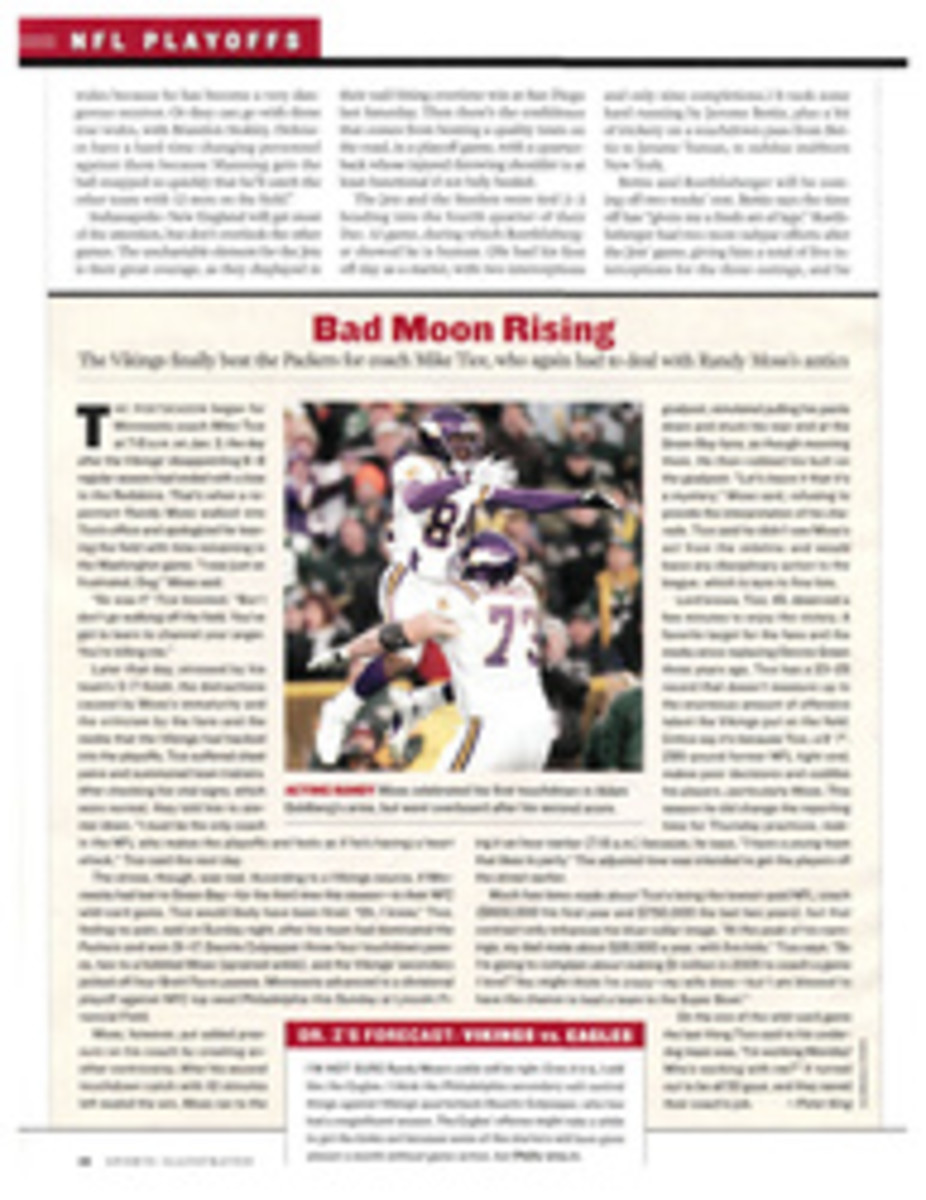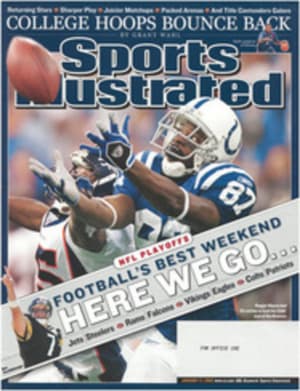
Smacked Back to Reality
Florida A & M's Billy Joe, the former AFL running back and the winningest active football coach in Division I-AA, has seen a lot in his career, but nothing as trying as the events of the past 18 months at the Tallahassee university. In that time the school, which is best known for its high-stepping marching band and for alums Althea Gibson and Bullet Bob Hayes, self-reported 196 NCAA rules violations from 1998 to 2003 and made an ill-advised, short-lived move up to Division I-A football. By the end of 2004 the athletic department had a budget deficit of some $2 million, and new athletic director Joseph Ramsey II warned that expenses might have to be cut by 35% this year.
It was Ramsey's predecessor, interim athletic director J.R.E. Lee III, who in the spring of 2003 persuaded university president Fred Gainous that the historically black school should join Tallahassee neighbor Florida State in the big time. The school's board of trustees gave the go-ahead, and the move was approved by the NCAA in July '03. Lee revamped the '04 schedule to get the requisite seven Division I-A opponents, including Oklahoma, Virginia Tech, Illinois and Tulane. Lee also announced that he had negotiated a five-year, $25 million contract with Urban Broadcasting to televise as many as nine football games a season. What's more, there were plans to hire three additional assistant coaches and expand 25,000-seat Bragg Memorial Stadium by 10,000.
But in February 2004, seven months before the season was to begin, Gainous told the board of trustees that Florida A&M lacked the finances to complete the move to I-A. For starters, the TV contract never materialized. Also, the school had underestimated the cost of meeting such NCAA stipulations as adding 22 football scholarships and three more varsity women's teams to conform to I-A requirements.
"We didn't have our house in order," says Joe, 64, who retired as a player in 1969 and has been coaching for more than three decades. "We hadn't made any of the institutional provisions necessary to support the move. I could look across at Florida State and see that we were nowhere near them in terms of facilities, athletes or financial resources."
Adds sports information director Alvin Hollins, "When you looked at it, it was cash, cash, cash--and we didn't have it."
The NCAA agreed to return Florida A&M to Division I-AA status for '04. Soon after, Oklahoma replaced the Rattlers with a bona fide IA opponent, Oregon, that would provide a bigger boost in the BCS ratings. Florida A&M picked up a road game against Temple, which had been dropped by Oregon, and kept trips to Illinois, Tulane and Virginia Tech. The Rattlers lost those four games by a combined score of 191--39. The 62--0 drubbing at Virginia Tech was Florida A&M's worst loss in 78 years; the 3--8 record was its poorest since 1984.
Financially the news was even worse. Attendance for the Rattlers' four home dates was down 28% per game from 2003, and the take from seven road games was just $2.5 million, far below projection, because of the loss of Oklahoma on the schedule and because I-AA status meant a reduced payout. Moreover, the rules violations, which had been reported in June, cost the school 11 Mid-Eastern Athletic Conference titles in seven sports, including the 2000 and '01 football championships, and obligated Florida A&M to pay back $175,000 it received from the MEAC for those titles. An NCAA investigation into the violations, primarily involving eligibility, is ongoing.
Next fall the Rattlers rejoin the MEAC and will have only one Division I-A football opponent, South Florida, on their schedule. Gainous (voted out by the board in September) and Lee (resigned last February) are gone from Florida A&M, and some, including Ramsey, would like Joe to follow them, though the school can't afford to buy out his contract, which pays $135,000 annually and runs through 2006. After 11 years and 86 wins as Rattlers coach, Joe says, "We're back to square one."
And the Band Played On
The Florida A&M football team has to make a lot of big plays to outshine the halftime show by the Marching 100, the school band famed for its musicianship and dance moves. Hoping to spur interest in the football program and boost road attendance, the athletic department spent some $500,000 to send the band, now 300 strong, to six games in '04. But even the music went sour for the Rattlers. At both Temple and Tulane, the school turned down a $250,000 payout for a $150,000 guarantee plus a share of gate receipts beyond a specified attendance. But the turnout was poor at both games. In Philadelphia, for instance, the Rattlers were not only trounced 38--7 but also took a financial beating when only 17,000 showed up on a rainy Saturday at Lincoln Financial Field. Rather than a big payday, Florida A&M ended up losing nearly $28,000 on the trip. --F.E.
THREE COLOR PHOTOS
MARK COWAN/ICON SMI (3)
FALSE STEP
The Marching 100 maintained its strut, but the Rattlers and Joe (inset) had a humbling experience against Illinois and other I-A teams.

